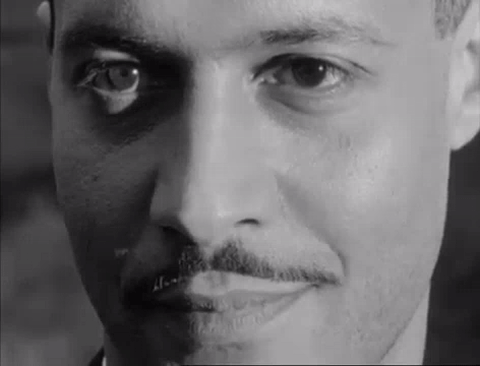
‘Isaac Julien’s studio is his editing suite. “My toolbox is my computer,” smiles the genial artist, a Turner-Prize nominee in 2001. Julien makes complex three-screen video installations that are the products of months of work by teams of people; the latest, True North, cost around $500,000 to make.
‘True North and its companion piece, Fantôme Afrique, are on show at the Victoria Miro Gallery, London. They turn the gallery’s upper rooms into two halls of flickering celluloid: one sun-soaked with scenes of Burkina Faso, the other saturated in the ice-blue of Scandinavian snowscapes.
‘Enveloping sound effects pulse and beat their way through the films, rising to fever pitch, then melting away. These are intoxicating, dreamlike works – two parts of a trilogy Julien is making about voyaging – that meditate on cultural mixing. Fantôme Afrique contains a particularly surreal and beautiful ruined building rising out of the desert: it looks like a church but is actually a mosque, a poetic symbol of the futility of man’s constructed divisions.
‘It all seems a long way from the harsh realities of the Bow council estate where the artist grew up in the 1960s, his parents immigrants from St Lucia. And indeed, in the first decades of adult life, more literal and conventional filmmaking was Julien’s chosen form of artistic expression. After training at St Martin’s School of Art, he made his name with his documentary on the 1920s black American poet Langston Hughes, Looking for Langston, and the feature film on urban British blacks Young Soul Rebels, which won the critic’s prize at Cannes in 1991.
‘The 1980s had been a fertile time for nascent black, British cinema, of which Julien was a leading light. The young Channel 4 was committed to funding films on and for minority groups, and the uprisings of inner-city blacks in 1981 made it a pressing concern. There was an urgency to what’s been described as “making the crisis speak”. Further, Julien was gay: the crisis, for him, included the campaigns against Section 28 and the unequal age of consent. His early preoccupations – race relations and homosexual love – were firmly set out.
‘Now, however, explains Julien in his soft, measured tones, the agenda has shifted. “My older films were concerned with identity issues because those were what were affecting me. But those subjects don’t have the same register today. My new work responds to the crisis of globalisation. We live in a world where, because of digitalisation, because of the communication revolution, we’re becoming much more aware of things beyond ourselves. The question of geography has become a central theme.”
‘As Julien’s concerns have broadened, so he has moved from the cinema to the art gallery context. Since 1993 he has worked on single-, double-, and triple-screen film pieces that continue to use race as the prism through which he interrogates the world, but where his stories are open-ended, multi-referential.
‘A recent example is the fantastical Baltimore, a film set in three Baltimore museums. In one scene effigies from the city’s Great Blacks in Wax Museum stand amongst the Old Masters from the Walters Art Museum. Martin Luther King and Billie Holiday meet El Greco and Raphael in a comic culture clash. It’s something the film world would never have funded. “The Film Council doesn’t even think that art cinema should exist in Britain,” says Julien. He jumped ship to the art world in search of artistic freedom. “Film, here, is still quite structured round the idea of entertainment and the linear progression of a storyline, which means you don’t have a lot of control. Artistic creativity is not prioritised in the same way it is in an art gallery. Besides, the art world is so much sexier than cinema these days.”
‘Julien’s work divides the critics, a by-product, he believes, of his controversial subject matter. Despite its entrancing beauty, True North will be stirring up debate because it suggests that it was a black man, Matthew Henson, who reached the North Pole first in 1909, not Robert E Peary, as received history has it.
‘And next on the agenda is a piece Julien describes as “about the migration of people who never really reach the end of their journey”. The African bodies found washed up on the coasts of Spain provide one instance, the drowned Morecambe Bay Chinese cockle-pickers another.
‘So, in a way, Julien has left his roots behind, but in another he keeps returning. His parents’ migration defined his early experience of the world – now he examines the movements of others across the globe.
‘From the streets of the East End to the wastes of the North Pole, what he calls the “transnational subject” continues to fascinate him – and provide him with one of the most potent, pertinent themes available to the contemporary artist.’ — Serena Davies
___
Stills








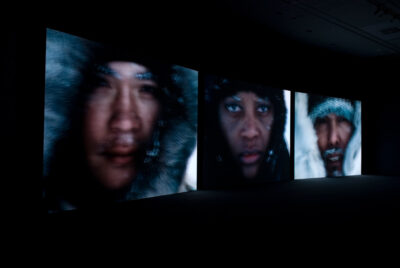







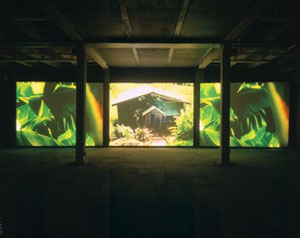















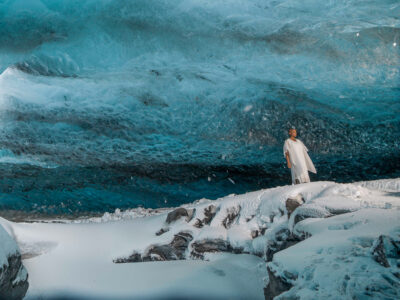

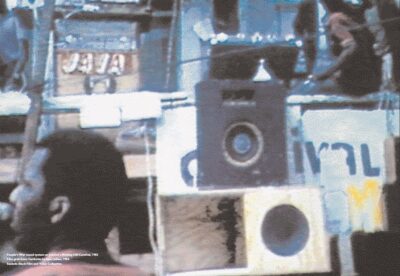







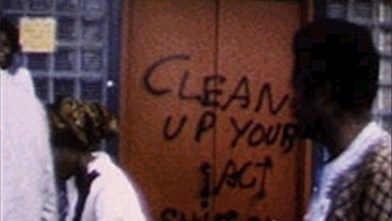







_____
Further
Isaac Julien Website
Isaac Julien @ IMDb
Isaac Julien @ Twitter
The Pleasure of the Image: A Conversation with Isaac Julien
British artist Isaac Julien on selfies, race and working with a global perspective
Isaac Julien: Questioning and Subverting Identities in Flux
A conversation with Isaac Julien
Isaac Julien’s stills: visual pleasures, multifaceted meaning
Isaac Julien: On Political Expediency
Small Boats, Slave Ship; or, Isaac Julien and the Beauty of Implied …
THE SPECTACULAR, INCONVENIENT TRUTH OF ISAAC JULIEN’S ‘REFUGE’
Isaac Julien: ‘London is the most interesting arts capital in Europe, if not the world’
The Buck stopped here: Isaac Julien’s “poetic counterpoint” to Marx
Digital Aesthetics and Affective Politics: Isaac Julien’s Audiovisual Installations
Isaac Julien’s films critique the global politique
_____
Extras
Isaac Julien – Recent Work
Isaac Julien interviewed
Artist Talk | Sir Isaac Julien
Salon | Artist Talk | Isaac Julien
_____
Interview

Martina Kudláček I have the diary notes you made during the Small Boats shoot, as well as a few still photographs from the set. There is one mesmerizing image of a woman in the ballroom in the magnificent Palazzo Gangi: your main character, Adriana, played by the actress Vanessa Myrie. You have worked with Vanessa for years: She’s the protagonist in all three films in the Cast No Shadow trilogy, and she was in Baltimore.
Isaac Julien I’m very interested in the idea of working with characters as models, characters taken from life. Robert Bresson, the French filmmaker and writer, spoke about the idea of using non-actors, and I’ve been utilizing Vanessa as a character who builds over the series of films. When we see Cast No Shadow at BAM this fall, it will be quite interesting to see how that character, being in all three films, will get read. I’m attracted to the idea of a certain intertextuality, the way in which a character from one film gets quoted into another.
MK She’s almost transcending space; she’s the key, this model, in the Bressonian sense of the word, who goes from one filmic space to another.
IJ That’s right, and when it comes to the theatrical version of Cast No Shadow, she’ll actually be on the stage as well. She will break through the fourth wall, escaping the boundaries of the filmic space to enter an actual performance space. That idea was developed out of a conversation in the journal October between Silvia Kolbowski and Manthia Diawara, who talked about the ways in which characters get quoted from one film to another. Diawara was talking about characters embodying a certain trans-textural quality: “the movement of cultural styles from character to character in film: hybridity, multiple subject positions. As opposed to this, immanence is the trapping of a cultural role in a character.” I was very interested in appropriating that quality that stars might bring from one movie into another, and seeing how that works in an art space. It was an experiment, if you like. Another filmmaker, Derek Jarman, has worked with Tilda Swinton across several films in this sense. In fact I am working with Tilda Swinton on a film about Derek Jarman, a strange kind of biopic about his life. So the influence of both Jarman and Bresson has had a clear impact on my thinking about performance. That’s why I dislike the fact that the Vanessa Myrie character has been cited as just my muse. She’s a character that embodies many signs. For instance, in Small Boats her character is Adriana, whose name comes from the mythical character (the Adriatic Sea is named after her), but she is also a stand-in for a particular survivor of what is referred to as the “Sicilian holocaust,” a woman we interviewed while researching the piece. She was one of the sole survivors of a boat tragedy in which more than 90 people were lost to the sea trying to get into Sicily from Libya. I see Vanessa’s character as an amalgam of sorts, in a cinematic sense. There is an indexical aspect to her character for me. She is of course very beautiful in a “queer” sense. Perhaps a more “natural” or rougher-looking character might better suit some folks. But then they might be looking for a more documentary approach to the subject, and they should be looking at a TV program for that sort of realism. But in terms of realism, there are some very tough things happening along the Mediterranean coast that have instigated the making of Small Boats. Dead bodies washing up on the coast, interrupting holiday suntanning on the beach . . . It’s the clash of the two activities that forms a disturbing geography of this space. Historically, though, the Mediterranean is a space of transition between Europe and Africa.
MK I didn’t want to say muse, but you said it.
IJ I try to circumnavigate that reading because it trivializes the ways in which I might be working with her in the trilogy. A muse is, to my mind, a vehicle; a certain expediency would be in use, or fascination or obsession, or something not terribly serious. But there’s something quite serious about Vanessa’s usage in the trilogy. She is always a sort of witness. She’s “miming” a character like Matthew Henson from True North, but in modern day; or she is a cyborg in Baltimore; or she is a sort of Walter Benjamin–like character, an angel of history, in Fantôme Afrique. There is this transcendental aspect that I’m interested in exploring in relation to her characters. Trespassing from one location or film into another, she represents the cosmopolitan subject transversing different locations like a nomad. I have spoken elsewhere about how we might think of a “migratory aesthetic” representing the flow of capital or the movement of bodies …
MK I wonder, in the context you were just talking about, using models, what is Vanessa Myrie’s background? Is she a non-actress, innocent in the Bresson sense? He writes in his “Notes on the Cinematographer”: “No actors. (No directing of actors.) No parts. (No learning of parts.) No staging. But the use of working models, taken from life, being (models) instead of seeming (actors).”
IJ Bresson is referring to the idea of the performance as something that could be accessed from the everyday, that there’s a certain capacity for anyone to be in a film and to be directed. He’s using the idea of non-acting as a way of critiquing that aura of performance. This is something that I’ve been really interested in developing for some time, and that extends to Small Boats. We worked with a group of clandestines, immigrants, in Palermo for scenes in which we were filming their journey in the sea, and some people refer to Vanessa’s being kind of model-like, as in a Vogue-type model, but I’m very interested in the idea of querying that. With her there’s a definite idea of gender performativity or queering of gender, which are codes to be tampered with as well.
MK There’s a certain hybridity to her.
IJ There is. There’s a gender-question aspect, and I’m attracted to her powerful and unusual appearance; there’s a certain otherness to her look. A female-masculinity. It’s something that’s developed from her cyborg character in Baltimore. In most of the works she has that male-female aspect, which I am parodying and developing. You can never tell books by their covers. In my work nothing is as it seems.
MK This photograph in the ballroom has so many other associations as well—
IJ Of course, that ballroom is the main space where the [Luchino] Visconti film The Leopard [1963] takes place, which is a very famous, very long scene [in which the prince hosts a celebration for his upstart nephew and the nephew’s commoner fiancée, symbolizing the end of the old order]. There’s a signifying of that film and the use of that location in Small Boats. The Visconti Leopard was about Italian unification between north and south, between Sicilian society and Italian society, which are two distinct societies, and also about the decline of the Sicilian aristocratic classes. [The film is adapted from the 1958 novel The Leopard by Giuseppe di Lampedusa, himself a prince.] So I was very interested in occupying that space in the 21st century as a way of commenting on the ways in which Sicilian society has changed, Sicily being a place that’s got a long history of migration built into it—including the migration of Sicilians to America, and the Ottoman Empire invading Europe from this point.
MK The prince, the main character in The Leopard, is in a time of transition. There’s one famous quote where he says, “The middle class doesn’t want to destroy us, they simply want to take our places very gently.” There is a necessary change, accompanied by a loss as well. In political terms it seems that the industrialized countries feel their privileges threatened. Does the prince in the Visconti film play a role in your piece? At an earlier stage, you called this piece Small Boats/Better Life: were you thinking about a revolution for a better life?
IJ Small Boats is really about the so-called clandestine immigrants who have been coming by the thousands to places like Sicily and islands like Lampedusa for some time, and of course they are looking for work, but someone has to pay for Italy’s pensions or do jobs that Europeans don’t want to do, whether they are working illegally or not. There’s this transitional moment in The Leopard, and I’m very interested in this other transitional moment, which is the contemporaneous moment in Sicilian society. The subtitle Better Life was ironic. Many people who seek a better life on their way to Sicily end up having that better life in heaven, so to speak. They are fallen angels in Walter Benjamin’s sense. So there’s a slight ironic placement with the Vanessa Myrie character, but also in the piece itself there’s something oscillating in these spaces and locations and one is not quite sure what that is. In an article that RoseLee Goldberg wrote recently, she discussed the fact that I purposely cover up my tracks to the trajectories of my research to produce something else. So perhaps one is producing a piece where certain tensions will lie that suddenly pop up unexpectedly to the surface, creating something unfamiliar. The fantastic space of the Palazzo Gangi is a cinematic reference that allows me to relocate these questions that I think need to be re-articulated today in Sicilian society, and indeed in relationship to the world’s general perception to questions of people moving from one location to another, which I think is seen in fairly negative terms in Europe.
MK Do you follow a detailed script, or try to maintain an open form with room for improvisation? The locations are so charged with history and visually compelling in cinematic terms—
IJ There’s not always a script, but there’s always a lot of research. We’ve been researching Small Boats for the past three or four years, and in that sense even though there is a script, there’s very specific imagery that I want to construct: I mine the news reports for images that I make into tableaux vivants, such as a scene from a newspaper photograph of corpses wrapped in silver foil on a beach. So there is a certain reading of the archive through the actual landscapes and reconstructions that I make. But you’re absolutely right in saying that the actual locations do resonate.
MK You’re making notes during the research, sketching out a score that could be compared to a music or dance work—a sort of notation?
IJ Yeah. We’re thinking about shooting something, thinking about the structure of something visually, that perhaps resembles a musical score. The structuring motif is much closer to the structure of musical notational sequences than a strict narrative.
MK For Bresson, cinematography is the higher function of cinema, and your work is highly crafted in terms of aesthetics. You have such a strong cinematic vision. Let’s talk about your collaboration with your camerawoman, Nina Kellgren, with whom you have worked for 20 years. She first made Looking for Langston in 1989 with you. How do you prepare your shots? They are so exquisite, and so strongly felt and seen.
IJ One of the problems with cinema is that it has forgotten that it is an art form. In Britain, in fact, they hate it, and that’s why one has had to return to the space of art to remember it. We don’t really have art cinema in Britain. Nowadays film is thought of as a skill to be honed for getting Oscars. The art cinema got killed off after Derek Jarman’s death in 1994. That’s been one of the reasons, at least in the English context, that art became, I would say, obsessed with cinema in the mid-’90s and that we’ve produced video artists like Douglas Gordon or Steve McQueen, or the Wilson twins. It’s been the space of art where we’ve been able to give back attention to making pictures.
Nina Kellgren has been interested in foregrounding the language of pictures, and we’ve been able to make interventions into television and into film in a more classical sense, and now that has shifted into art. In a couple of days I’m going to be attending a forum for documentaries called Britdocs, and this year the theme is “the art of documentary.” One of its bylines is that documentary filmmakers have a lot to learn from artists. So thinking about the ways in which the art of filmmaking has gotten lost has united Nina Kellgren and myself over the years in our practices.
MK It is great that you have such continuity in your collaboration with her. How did you two meet?
IJ She was a co-cinematographer of a film I made in 1986 called The Passion of Remembrance. That’s a film that we both feel slightly ambivalent about. The project where we really utilized our interests was Looking for Langston. That film was admired for its cinematography; even cinematographers like Ellen Kuras were very enthusiastic about it. Looking for Langston represented a pivotal point: For us it was all about how to create the space to secure that way of thinking about images. These days when she’s not working with me, Nina is a feature film cinematographer and also works in advertising, which is also a space that’s very attracted to the idea of making images. Of course they’re images to sell something, but the line between art and advertising has always been blurry in Europe, where the two slip in and out of one another quite often.
MK You started out using film equipment and film stock, which has different aesthetics from digital video.
IJ Yes, and even though the digital medium works very well for some scenarios, for how I like to film, which is on location using landscapes, film is much more flexible. Film has a painterly quality; it’s immensely elastic in that it can cope with quite contrasting scenarios. I probably do have a bias toward film as a material, and although in the end one usually shows the works in a digital medium, it’s quite interesting to think about things originating in the medium of film and then being digitally worked on. I have been doing that since 1993, when I made The Attendant.
MK Digital video also gives the liberation of moving around with a handheld camera, working with available light; it’s a different approach. The British filmmaker Mike Figgis [shoots in digital and] talks about having happily regained the freedom of improvising with the actors, being flexible.
IJ Yeah, it’s completely liberating in those terms. It’s really about what you want to film, and how you want to film it.
MK Some of your work is made to be seen in the movie theater space, but you are now moving into other spaces, with your installations, to give the audience a visual experience in a museum or gallery. How do you approach the fact that the audience is not sitting still in front of the screen, like in a movie theater, but are walking around? In the work you’re now planning, you have chosen the form of a triptych.
IJ I still have a commitment to people being part of a cinematic experience. At the same time, what we see in that context is quite restrictive, I’d say, unless you’re in Paris. I’ve been working with the audience’s active relationship to the image for quite a long time, since 1999, so I’m really excited about my gallery show in New York this fall, at Metro Pictures. Going from three screens to six or seven, which is how many I’ll have in that installation, entails a shift between the cinematic and the conceptual. I’m interested in the translation of the cinematic into another context. The interdisciplinarity of my practice becomes extrapolated into another arena when it’s in the theater. When Cast No Shadow shows at BAM in November, for instance, that will be its connection with live performance, with dance. It’s about trying to make work where in one instance the audience might be stationary but in another it’s part of the spectator’s movement that also makes the work. I’ve been specifically interested in that since my show at the Pompidou in 2005, with Fantôme Creole, but I’m very excited about what I want to develop in the gallery space. It’s keeping the idea of experimentation alive that attracts me to making work in an art context. It’s an exciting challenge.
____________
16 of Isaac Julien’s 27 films & installations
________
Territories (1984)
‘Isaac Julien’s Territories uses experimental forms to look at life in Britain in 1984, focusing on the experience of the Black British. The film recognises that the different power dynamics that determine this experience are difficult to reduce to straightforward explanations and instead uses the term ‘territories’ to reflect the multiple agendas and experiences at work. These agendas – or ‘territories’ – involve race, class and sexuality. The film explores these ideas in different ways. In part one it considers the example of carnival, noting how mainstream culture reduces this complex cultural event by labeling it as a remainder or reminder of an ancient retrogressive custom. Julien’s film instead suggests that carnival provides an opportunity for the issues of race and class to be worked through and explored by the carnival participants on each and every occasion. This point is illustrated with a brief history of the Notting Hill Carnival, including a series of police clashes in the carnivals of 1976 and in the year of the film’s production. Another example is the implementation of compulsory police passes for carnival-goers – here ideological restrictions are turned into physical limitations.’ — BFI
Trailer
_____________
Looking for Langston (1989)
‘For Julien, the central question within the film was how to portray Langston Hughes as a cultural icon and, in terms of dealing with a repressed gay desire. He explores the ambiguous sexual subtexts of a period of rich artistic expression, and the enduring cultural significance of these pioneers’ work. Julien mediates with a cheerful perspective on Langston Hughes coming out. The exhibition shows a juxtapose between the past and the present. The Harlem Renaissance was a flowering of African-American social thought that was expressed through the arts in the 20s. Extracts from Hughes’ poetry is interwoven with the work of cultural figures from the 1920s and beyond, including black poets Essex Hemphill and Bruce Nugent, constructing a lyrical and multilayered narrative. An interesting aspect of Looking for Langston is the controversy surrounding it. Though Julien contrasts the present with this elegant past – the voiceover references the ravages of AIDS which were at its height during filming – the work showcases a serious comment evaporated in its hazy look. Isaac Julien: “The most interesting question for me proved to be: what did black artists actually want to say? What would their art look like if its internal dialogues were made accessible to a wider audience? ‘Looking for Langston’ came out of just such a conversation, one connected to black gay desire and to photography. But it was really born of thinking about the textuality that belongs to the innermost life of one’s consciousness.”‘ — Wall Street International
Trailer
Excerpt
Excerpt
_____________
Young Soul Rebels (1991)
‘In his first narrative feature film, Young Soul Rebels (1991), director Isaac Julien aimed to champion “black independent cinema which deals with questions of sexuality, gender and national identity”. But too often, the script (co-written with Paul Hallam and Derrick Saldaan McClintock) uses its characters’ relationships to make political points, a serious mistake in a thriller, a genre that relies on cause-and-effect rules. The film raises several questions that it fails to answer. Why does the murdered boy TJ not know his killer, while his childhood friends Caz and Chris turn out to know him well? Why would anyone venturing into the furtive world of illegal and anonymous sex bring a ghetto blaster? Why is Cas, who seems so confident of his sexuality, so tortured by his feelings for Chris, TJ and Billy? Why does a black soul boy fall for a white punk rocker? Julien is undoubtedly a serious artist, as his recent Turner Prize nomination attests, and he captures the colour palette of the period perfectly; sun bleached summer is evoked through the washed out greens of park grass and the vivid costume choices. But too many themes are packed into the film. London in 1977 is recreated on a broad canvas, but although Socialist Worker was sold on almost every street corner, pirate radios stations were set up and raided regularly, punks, soul heads, skinheads and glam rockers didn’t mix anything like as much as Julien would have us believe.’ — BFI
Trailer
Excerpt
_______________
The Attendant (1993)
‘The Attendant is actually set in a museum: Wilberforce House in Hull, England, which is devoted to the history of slavery. It’s a real place, though in Mr. Julien’s hands it looks surreal. The plot revolves around sexual fantasies aroused in a middle-aged black male museum guard — or attendant — by a young white male visitor. Much of the action takes place after closing time. As the guard paces the galleries, a huge 19th-century painting titled “Slaves on the West Coast of Africa”, by the French artist François-Auguste Biard, comes to life, its melodramatic scene of a white master bending over a dying black slave transformed into an up-to-date, leather clad sadomasochistic grouping.’ — TTV
Trailer
______________
Frantz Fanon: Black Skin, White Mask (1995)
‘“Frantz Fanon: Black Skin, White Mask” explores the pre-eminent theorist of the anti-colonial movements of this century. Fanon’s two major works, “Black Skin, White Masks” and “The Wretched of the Earth,” were pioneering studies of the psychological impact of racism on both colonized and colonizer. This innovative film biography restores Fanon to his rightful place at the center of contemporary discussions around post-colonial identity. Isaac Julien, the celebrated black British director of such provocative films as “Looking for Langston” and “Young Soul Rebels,” integrates the facts of Fanon’s brief but remarkably eventful life with his long and tortuous inner journey. Julien elegantly weaves together interviews with family members and friends, documentary footage, readings from Fanon’s work, and dramatizations of crucial moments in Fanon’s life. Cultural critics Stuart Hall and Françoise Verges position Fanon’s work in his own time and draw out its implications for our own. The Guardian writes: “There is artistry in abundance in Isaac Julien’s singularly ambitious portrait…. He does justice to the complexity of his intriguing subject.”‘ — Cinema St. Louis
Trailer
FRANTZ FANON: BLACK SKIN WHITE MASK Q&A | BFI
______________
Paradise Omeros (2003)
‘Paradise Omeros was much celebrated at last year’s Documenta 11 in Kassel, Germany and has its UK premiere at the Edinburgh Festival this summer. The installation delves into the fantasies and feelings of “creoleness” – the mixed language, the hybrid mental states and the territorial transpositions that arise when one lives in multiple cultures. Using the recurrent imagery of the sea, the film sweeps the viewer into a poetic meditation on the ebb and flow of self and stranger, love and hate, war and peace, xenophobe and xenophile. Paradise Omeros is set in London in the 60s and on the Caribbean island of St Lucia today and is loosely based on some of Derek Walcott’s poems from Omeros. The Nobel prize winning poet Derek Walcott and the musician and composer Paul Gladstone Reid collaborated with Julien on the text and score for the film. Paradise Omeros is co-scripted by Isaac Julien and Grischa Duncker.’ — Victoria Miro Gallery
Trailer
Excerpt
______________
Baadasssss Cinema (2002)
‘In this groundbreaking documentary from the Independent Film Channel, filmmaker Isaac Julien takes us back to the early 70s and the explosion of blaxploitation films, today one of American cinema’s most beloved cult genres. Featuring a wealth of footage from such classic films as Superfly and Shaft, and interviews with such key players as Richard Roundtree, Quentin Tarantino, and Pam Grier, BaadAsssss Cinema gets to the bottom of exactly what helped the blaxploitation genre achieve its revered cult status.’ — Docurama
the entire film
______________
Shaking the Tree (2004)
‘Isaac Julien’s direction of Peter Gabriel’s music video “Shaking The Tree” is riotously beautiful, the embodiment of Gabriel’s continuing interest in the natural elements, a theme so often present in his lyrics.’ — Eye for Film
the entire film
______________
True North (2006)
‘Northern oceans and frozen glaciers collide in the still winter of the bright and brutal Arctic North. Untitled (True North) was developed alongside Julien’s 2004 sound-and-video installation, which would eventually become the first part of a three-part evening-length performance Cast No Shadow, a Performa Commission for 2007. True North is based on the story of Matthew Henson, a largely forgotten black engineer who was one of the first individuals to reach the North Pole. Illuminating issues of race, gender, and globalization, this photograph depicts actress Vanessa Myrie, the heroine of Julien’s narrative, who acts as a stand-in for Henson. Her poised, graceful, feminine presence is in stark contrast to the notions of masculinity associated with Arctic exploration.’ — Artspace
Excerpt
Excerpt
_____________
Derek (2008)
‘In voiceover, Derek Jarman’s friend and collaborator Tilda Swinton begins reading ‘Letter to an Angel’, a haunting and beguiling text she wrote in 2002. By then Jarman, one of Britain’s best–loved and most original artists, had been dead for eight years. An honest and previously unseen interview, shot in 1991 with Jarman in the shadow of his impending death, is the core of the film. Both letter and interview are intricately interwoven with rarely seen home-movie footage of Derek and his family, archive material, excerpts from Jarman’s feature films, pop promos, super-8 work, and new footage of Tilda Swinton in Dungeness and London and the director Isaac Julien exploring the Jarman archive.’ — Flamin’ Film
IJ introduces ‘Derek’
Excerpts
_____________
The Leopard (2007)
‘“The Leopard” is the single-screen version of Julien’s “Western Union: Small Boats” series. The film combines clandestine African immigrants and myths from the past and tells a tale of failed hopes and dreams of modernity. “The Leopard” is a reflection on migration and a better life. The film takes its title and visual starting point from famous Italian producer Visconti’s masterpiece, “The Leopard.” Julien uses the decors Visconti previously used and the environments he shot in his movie to tell his story. The Visconti Leopard was about Italian unification between north and south, between Sicilian society and Italian society, which are two distinct societies. Julien’s film features the notion of migration and the tragic stories it contains by using the environments used in the Visconti Leopard to articulate a subject that is also on the agenda in the 21st century, such as dead bodies washing up on the coast, interrupting the usual holiday activities on the beach.’ — Hürriyet Daily News
Excerpts
Isaac Julien on ‘The Leopard’
_____________
Better life (2012)
‘Julien’s Better Life is the haunting single-screen version of the nine-channel installation Ten Thousand Waves, which premiered at the 17th Biennale of Sydney in 2010. The film and photographs poetically weave together rich imagery of the cold northwest coast of England, the bustling rush hour of Shanghai, and the lush landscape of rural China. The original inspiration for Ten Thousand Waves was the Morecambe Bay tragedy of 2004, in which 23 Chinese cockle-pickers died in Northern England. In response to this event, Julien commissioned the poet Wang Ping to write Small Boats a poem that is recited in the film. In successive years, Julien spent time in China slowly coming to understand the country and developing relationships that have enabled him to undertake the rich and multifaceted work. Through conversations with academics, curators, and artists, Julien uncovered a symbolic body of material to create a work that explores modern and traditional Chinese values and superstitions. These are encapsulated in a fable from Fujian Province (where the Morecambe Bay cockle-pickers originated) which relates the story of sixteenth-century fishermen lost and in danger at sea. At the heart of the legend is the goddess figure who leads the fishermen to safety. The audio and visuals of the rescue operation at Morecambe Bay ground the film in a haunting documentary reality.’ — Roslyn Oxley Gallery
Excerpt
Excerpt
_____________
Playtime (2014)
‘The city rears up around us, lit windows against the night, the corporate buildings blocking the sky. In an all-white empty office, a hedge-fund manager plays a lonesome trumpet. A skittering drum kicks in, adding an urgent pulse. The pulse is money: capital at work. Ranks of computers and servers churn the numbers in a sub-basement world where the capital flows. In an auction room, prices are spiralling. Actor James Franco, playing an art adviser, explains how art has become a hedge against money’s instability. The price of art has nothing to do with the art itself. In another scene, auctioneer Simon de Pury explains the exponential rise of the art market since the 2008 financial crash. Superstitious, he always eats an apple for good luck before working the auction room with his gavel and his wit. And after an auction, he’s always depressed. In Dubai, an isolated Filipina woman, who came here to work as a maid, dusts a desk and stands in an empty desert, a world away from where she sends her money home. Trading-room floors, offices and galleries and auction rooms; the desert, Iceland’s lava fields and steaming vents and an artist’s abandoned fantasy home are the settings in Playtime, Isaac Julien’s new seven-screen film installation. Playtime’s title is borrowed from Jacques Tati’s 1967 movie, and like Tati’s film moves through a series of interconnected stories. While the original Playtime had Monsieur Hulot as its hapless protagonist, here capital is the star, the thread that runs through everything. You can’t see it but you know it’s there. Capital is the ultimate MacGuffin.’ — Adrian Searle
Trailer
Excerpt
Excerpt
_____________
Stones Against Diamonds (Ice Cave) (2016)
‘Stones Against Diamonds was shot in Breidamerkurjokull, which is part of Vatnajokull Glacier, the biggest glacier in Europe, and in Jökulsárlón beach. The ice cave can be read as a metaphor of the unconscious, a place of rich beauty but difficult to access, except through the processes of psychoanalysis and artistic reflection. By inserting some of Lina Bo Bardi’s emblematic architectural elements into the cave, such as the iconic staircase and glass easels, I intended to make a connection between the simplicity of forms that was one of Bo Bardi’s signatures and the organic forms of rocks and carved glacial ice. Besides, the character played by Vanessa Myrie wanders around the ice cave inviting us on a journey through a symbolic landscape of glaciers, rocks and black volcanic sand, all glistening like diamonds. This reminds us not only of the earth’s fragility – the melting of the glacier that carves out these caves – but also that some of the most beautiful objects are the least precious in a conventional sense. Lina Bo Bardi made these aspects of fragility and preciousness visible both through her architecture as well as her deep interest in Brazilian indigenous and popular cultures.’ — Isaac Julien
Excerpt
IJ on ‘Stones Against Diamonds’
________________
Lina Bo Bardi – A Marvellous Entanglement (2019)
‘The multiple screen installation and photographic series A Marvellous Entanglement (2019) traverses a collection of Lina Bo Bardi’s most iconic buildings, offering a meditation on the work and legacy of the visionary modernist architect and designer (1914–1992).’ — ARTISHOCK REVISTA
Trailer
Walkthrough/Excerpt
______________
Lessons of the Hour (2019)
‘This major new ten-screen film installation by celebrated British artist Isaac Julien, CBE, RA, offered a poetic meditation on the life and times of Frederick Douglass, the visionary African American orator, philosopher, intellectual, and self-liberated freedom-fighter, who was born into slavery in Maryland, USA. From 1845-7, Douglass made repeated visits to Edinburgh, while campaigning across the UK and Ireland against US slavery.
‘Filmed at sites in Edinburgh, London and Washington DC, Julien’s work is informed by some of Douglass’ most important speeches, including Lessons of the Hour, What to the Slave is the 4th of July? and Lecture on Pictures. In this 1861 lecture, Douglass, who as the most photographed American in the 19th century was keenly alert to the power of images, expressed his vision of how picture-making and photography could offer powerful tools in the fight for social justice and equal human rights for all.’ — National Galleries
Trailer
*
p.s. Hey. ** _Black_Acrylic, No, the ‘Godzilla’ is quite fun. Thank you for your list. I still need to get the Actress. Noted. ** Zak Ferguson, Hey there. Thanks, man. Well, of course your and Mr. S’s book made the list. I ain’t no fool. I’ll look for Fran Lock, thank you. Tom Robbins! I haven’t thought about him in ages. I like Harold Jaffe. I need to catch up on his recent stuff. You’re doing a thing on me? Whoa, thanks, humbled. Ha ha, I won’t sue you. I don’t think of myself as owning myself. Thank you again, and all respect to you. ** Jack Skelley, ‘Mine’ = mine, that’s interesting. Man, words, what great friends they make. Yes, the Karina Bush, I saw your message and I’m gonna get on that. Everyone, A couple of years ago Mr. Jack Skelley made a post for this blog about Karina Bush’s ‘Fourth Industrial Revolution Slut’, here, and now I begin to quote Mr. Skelley … ‘It was a preview of Karina’s sickass poli-sexual novel. Well, she has now completed her opus and is streaming it free. Rendered in AI. Here. Oops, I just discovered while making that link that her opus is not viewable in France, so I guess I’ll have to wait for my next US visit to peep at it. Dang. Love, me. ** Tosh Berman, Thank you, sir. ** Dave Ehrlich, Wait, are you the Dave Ehrlich who’s my old friend who I sadly haven’t seen in ages? If so, whoa, hi, man, so amazing to see you! If not, apologies for mistaking who you are. But I think you’re you. No, I don’t know EXEK, but I will go download it today, given your ever impeccable tastes. Wow, so good and wild to have you here. How are you? ** Sypha, Hey. I still haven’t started ‘The Shards’. Otherwise I’m pretty sure it would have been there. I leant my copy to Zac, and I need to get it back. Golnoosh had a new book this year? How did I miss that. Shit, I have to grab that ultra fast. I guess I need to try that Olivia Rodrigo since everyone seems so high on it. Thanks, pal. ** Steven Purtill, Hi, Steven! Thank you again for your wake up call/message. I think I missed out on the Sotos/AS stuff, drat. Right, ‘Teenage Satanists’, duh. Hm, I wonder what category that would go in. Awesome, thank you for your faves. Have an amazing Xmas if such a thing is possible. xo, me. ** fervorxo, Hey! No, thank you. I’m so happy you’re watching Hollis Frampton’s films. Your comments here are always invaluable and stick squarely in my craw. It’s true, I haven’t even thought to hear the new 100 gecs, and that’s dumbass. I will, thanks. Or Ellen Arkbro. Again, I will rush over to that. Really great list. Very rich. I have a Harry Mathews post coming up in a couple of days. Lovely to see you. I hope you’re doing incredibly great. ** Darby 🐘🐘, How did the outing go? My neighbor who likes to blast such miserable things such as the Eagles has yet to fixate on Taylor Swift. But I watched her film. That was enough. Yeah, the 24 hour time delay in conversations here encourages spew, and I don’t see that as a downside at all actually. A book too? Well, I mean, yeah, of course! I just bowed, wait, *bow”. ** Kyler, Well, no, thank you, obviously. I’ll get to ‘The Shards’, of course, just extremely late. Vociferous cheers right back at you. ** Cori D, Hi, Cori! It’s really nice to meet you. Thank you a lot for entering. For some reason, I hardly saw any theater this year. I usually do see a fair amount. Honestly, the full time work on the film has really drastically messed up my viewing habits. You especially like plays/theater? Did you see anything(s) that especially knocked you out? Very nice lists. I don’t know Andrew Lawlor, I’ll find that. I saw ‘LA Plays Itself’ in an actual porn movie theater in the early 80s back when there were porn movie theaters, but I haven’t seen it since. I’ll rewatch it. I’ve been curious about ‘Saltburn’. Well, thank you again. Obviously, hang out if and whenever you want. I’d be into hearing about you and what you do and stuff if you feel like it. ** politekid, Hi, O! I think it’s safe to say your list’s seismic aspect made mine seem like a milk-fed puppy as they used to say. The Killian only wasn’t on my list because I spaced and also because it was reprint, and I think that status distracted me. But, yes, Pilot Press is amazing. A lot of stuff on yours that I don’t know (yet). I just copied and pasted the whole shebang in a TextEdit file. Right, the McKenzie Wark, that should have been in my list. I really need to try that ANOHNI album. I’m kind of tired of their voice, but I should get over that. Dude, really, your list is insane. I’m going to be plucking things from it for, like, ages. (I think I’ll start with MyHouse.wad). I miss gaming so much. Thank you, I so appreciate it. Big love, me. ** Steve Erickson, I look forward to your final film list. Yes, I have The Wire’s list. It’s curiously a little less experimental-only this year, which interests me. Its #1 is the Yo La Tengo album, for instance. Y Pants: I’ll find them. Gotcha on the Danny Brown, but there was something about it that seduced me. ** Joe, Hey, Joe! So sweet to see you here! ‘Heat Death 1’ is mind-bogglingly great! I was saying the other day that I’ve given up on Paypal. They won’t let me use it due some glitch on their end that they apparently have no interest in fixing. So sorry about the accident. I hope you’re not too laid up. Your brain and fingers seem fine, thank godfully. Super happiest Xmas whatever the fuck that means ‘cos I don’t know even although I do inexplicably think Xmas should be especially happy. xo, Dennis. ** A, Hey! I wish I could have seen you scream. And maybe even heard you scream, but seeing it would have been the best part. Well, of course your book was on there dude. Come on. Is the ‘King Kong’ issue out? Zac and I were just wondering about that. I’ll try to find a venue here that sells it. Actually, I think I know just the place. How are you? What are you doing? Are you writing or what? Hugs from moi. ** Dominik, Hi!!! Thanks, my pal. SCAB at the top! I remember some movie about someone who became immortal and went wild, so wild that he ended up doing things that resulted in him being arrested and condemned to life in prison, oops. Thank you for your wonderful lists! Oh, gosh, love is very kind. Although I have it on high authority that he actually has you and me in a tie in his #1 spot. Love convincing the sky that it doesn’t have to rain all the time, G. ** Jason McBride, Hi Jason! Wow! Oh, man, such a great book. You did such masterful and mind-blowing work on a subject of such enormous complexity and need. Huge kudos. I hope you’re doing really great. It’s so, so nice to see you! Love, me. ** Blake Butler, Blake! You are a sight for the sorest eyes. I love you too, my friend. Man, Molly’ is so incredible. So astoundingly composed, so devastatingly powerful. Words fail, truly. It’s completely different from ‘I Wished’ and yet it’s so completely not different. It really got to me, and it instructed me emotionally and artistically. I haven’t read the Lacey, but I’ll get it post-haste. I’d so love to see you and catch up. No Paris visiting plans in your immediate future, I fear? Do you ever Zoom? I’d be way down for that method if you can and feel like it. Biggest love you, maestro and friend! ** tomk, You didn’t even sneak, man. Thank you for the greatness. Any Xmas plans of relative or non-relative sort? ** Mark, Hi, Mark. Thanks bunches for the list. And Milpa Grill is calling to me. xo. ** Audrey, Hi, Audrey. Thanks. Yeah, ‘Do Not Expect…’ was wonderful. Okay, then I’ll just wait for Weard’s film to appear in my peripherals. Thanks so much about ‘Guide’. Great lists! You saw the Korine and the Bonello? I’m dying to. We’re very lined up. Thanks so much, Audrey! Love, Dennis. ** Meg Gluth, Hey, Meg! I don’t know most of your listed music, and I’ll get on that. Heavily noted. I’m okay. Lots of film-related mess to sort out, but I’m fine. Whoa, new novel! That’s crazy amazing to hear! Wow! Yeah, I saw Oscar the other day, and they were telling me about the screenplay and how you guys are doing it. Sounds really exciting. Lots of love you! ** Bill, Thank you, B. Oh, I’ll try to stream ‘Red Night’ today before it vamooses. Thanks for the alert. I think ‘TMH” is still doing the festivals right now. I think it’s at a festival in Spain this week. So, I guess it’ll go public after the festival circuit is worked as much as it can be. Lovely lists full of things I don’t know. Copied, pasted, and soon to be robbed blind. Thank you again, pal. ** Marcus Whale, Wow, Marcus, howdy! How are you? There are a few things on your list that are totally new to me, and I’ll find them out. What are you working on? Do you have anything coming out? All the ultra-best! ** Thomas Moronic, Hey, thanks for thanking me and thank you for making my list something to be thankful for. Cool, I would love to hear about the new projects. The Mike Kelley show is quite good, better than I had expected. Lots of early work as well as the later stuff. Not to dissuade you from coming here because you should, but I think that show is traveling to the Tate next year. Love, Dennis. ** Right. I made a post about the hard to classify multi-media filmmaker and artist Isaac Julien for your hopeful enjoyment. See you tomorrow.


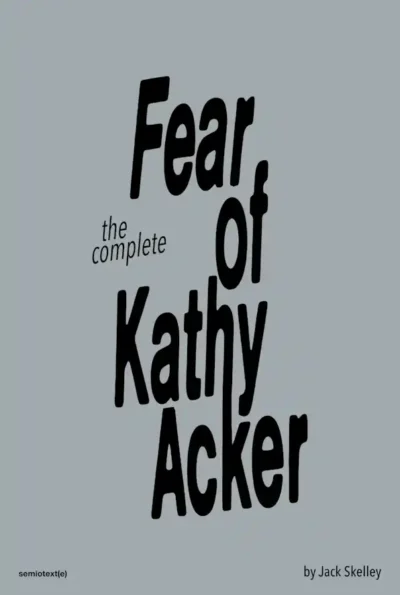
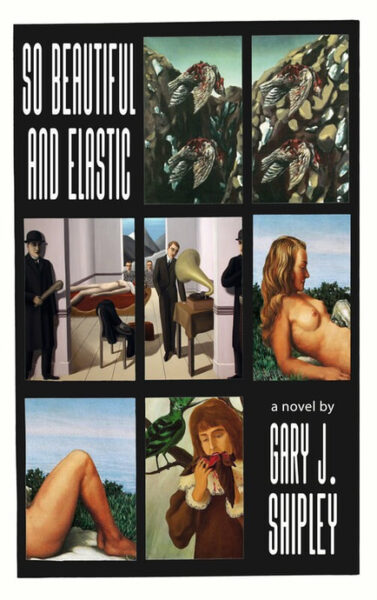

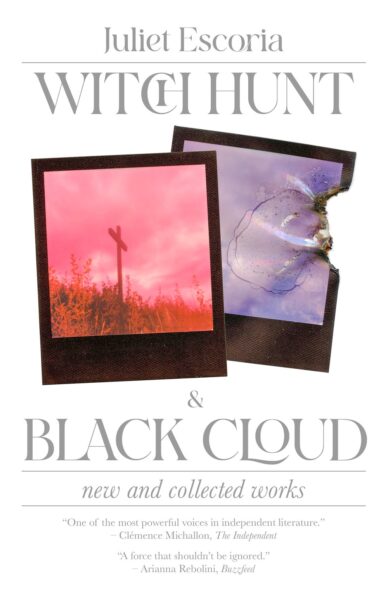
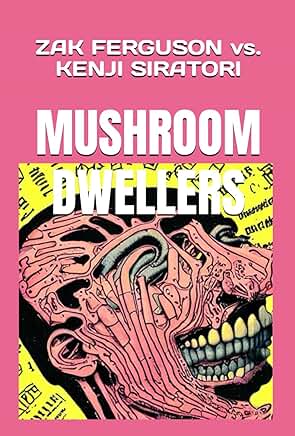
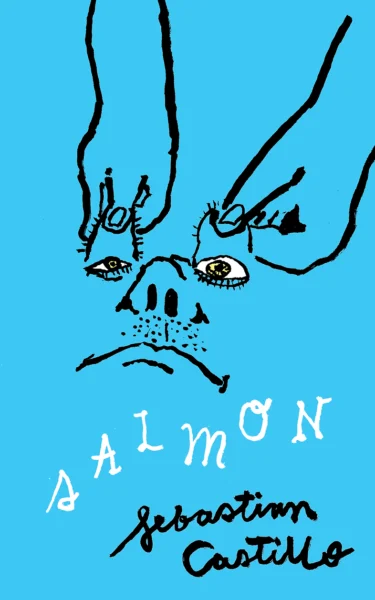
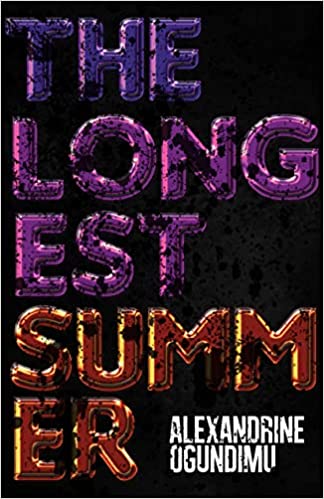
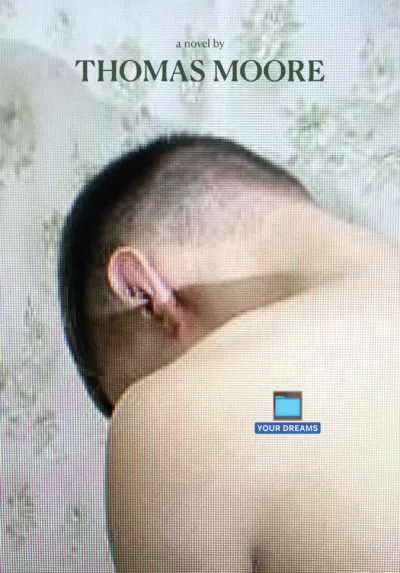



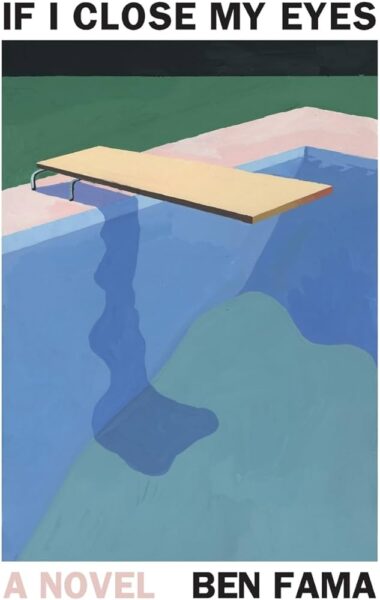


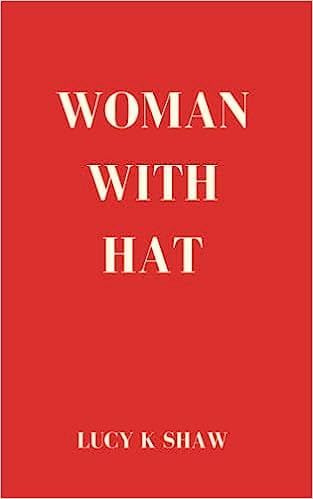
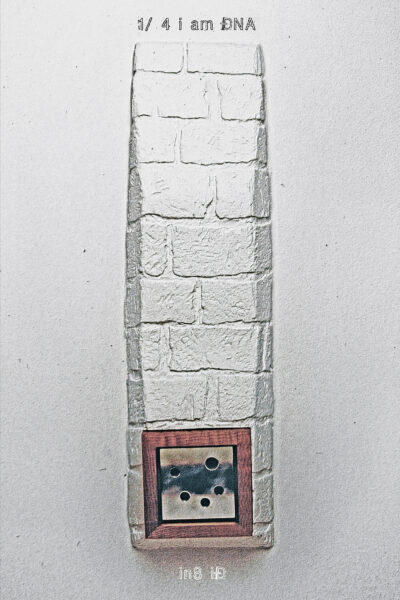
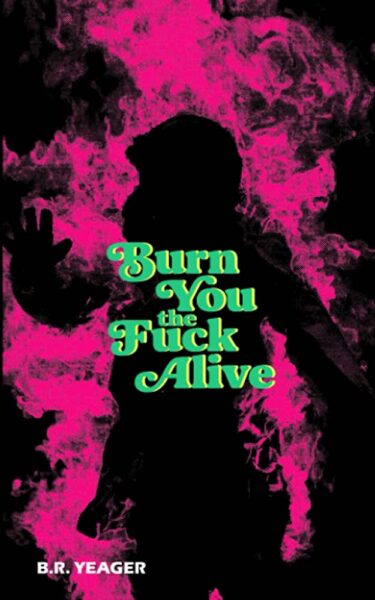




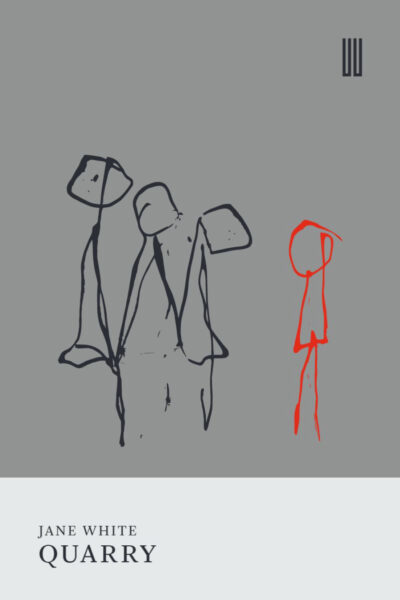

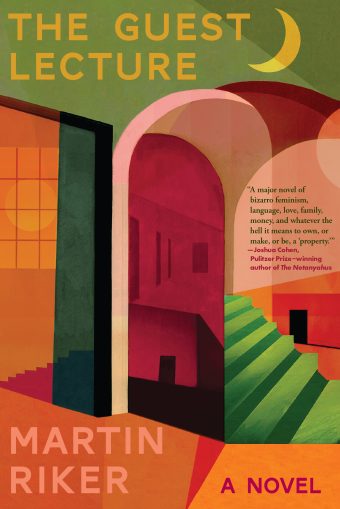
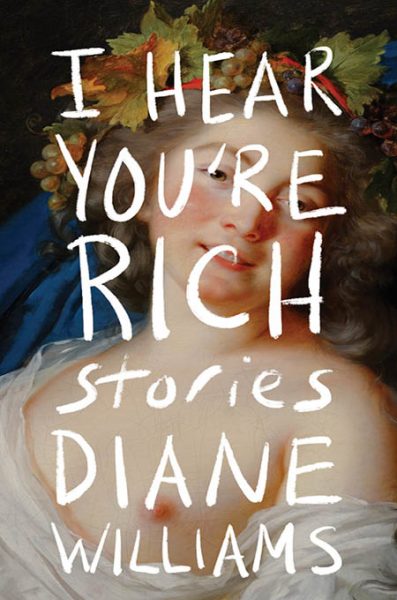
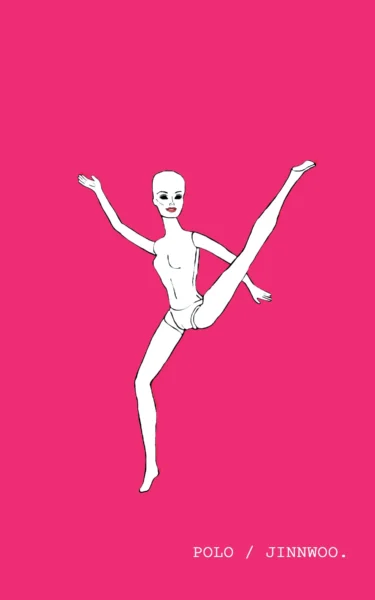
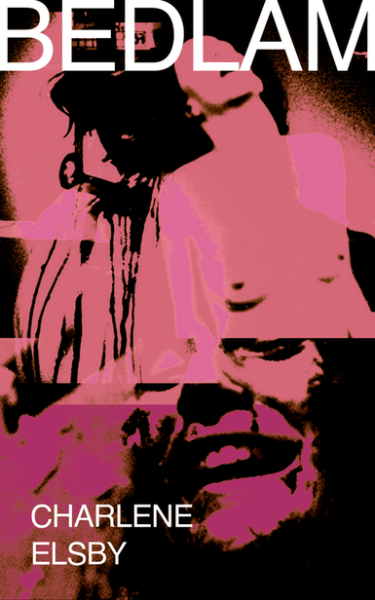


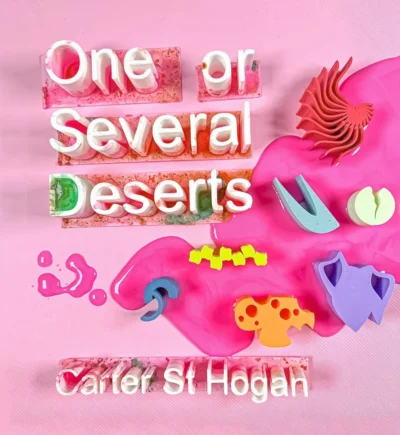

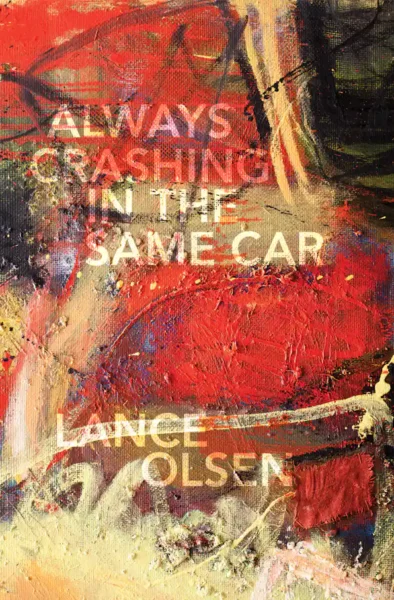

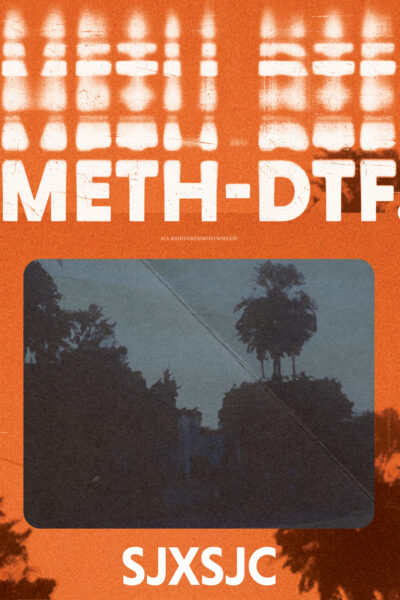
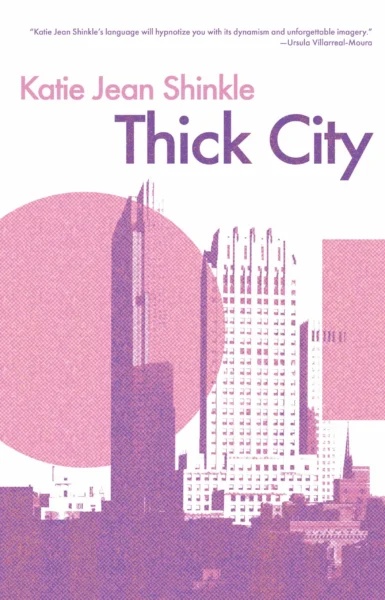
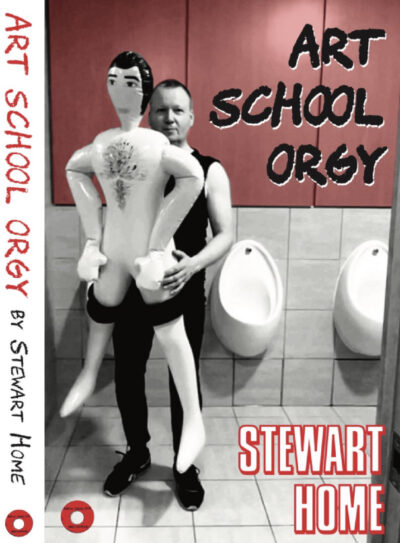
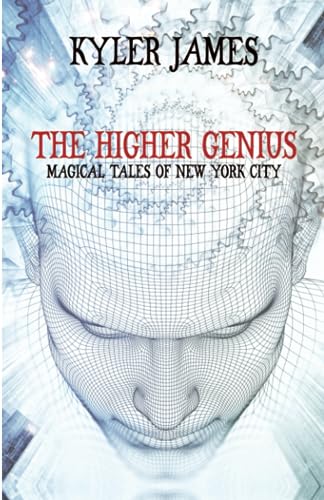

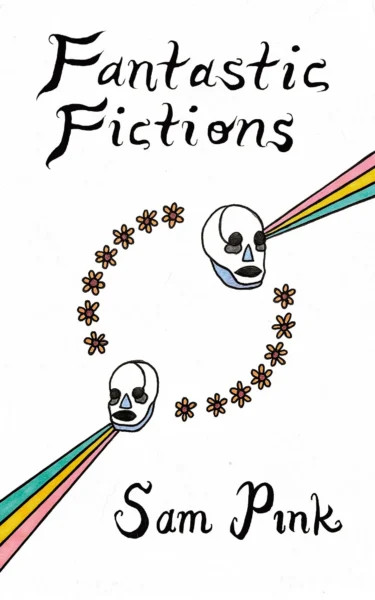


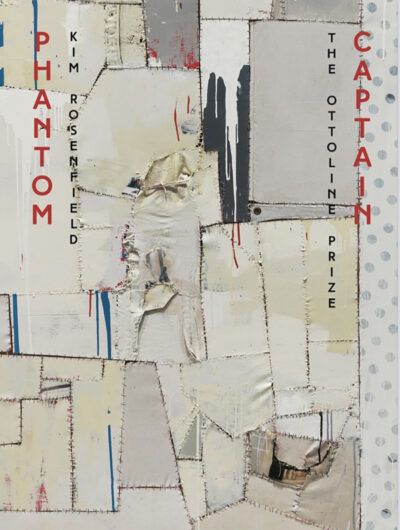
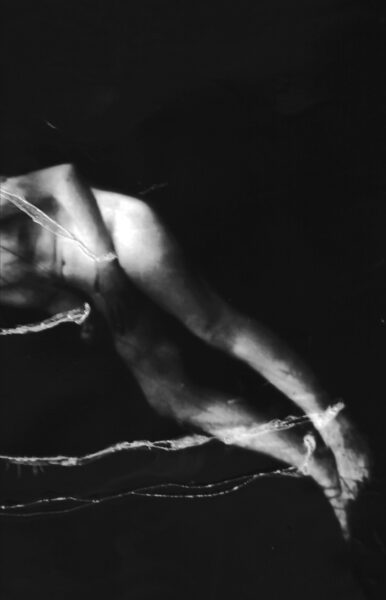
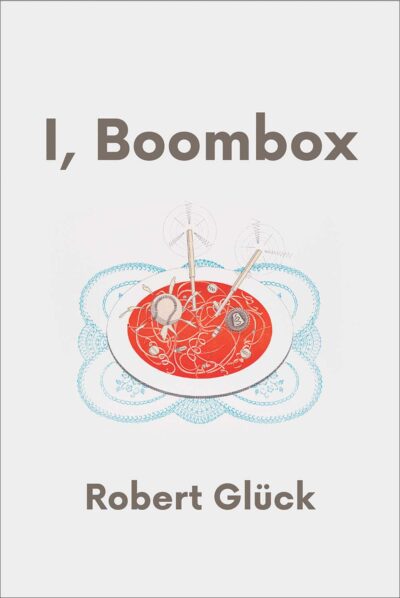


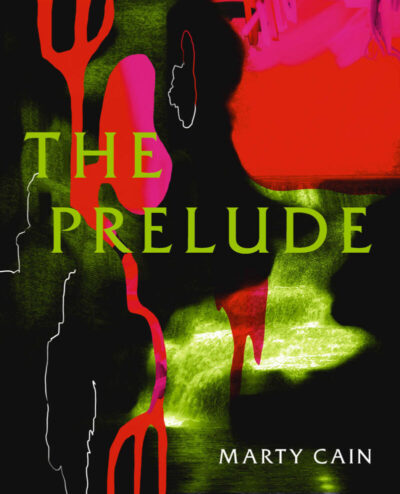
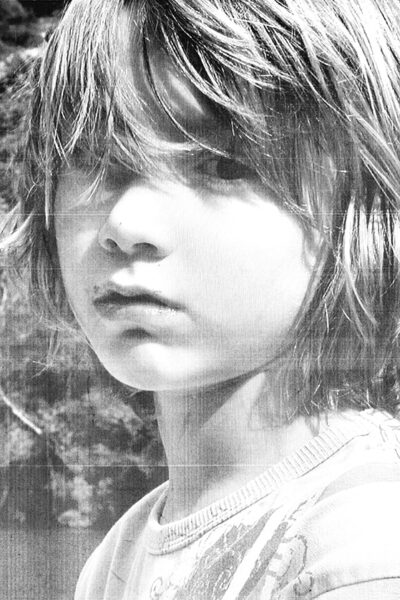
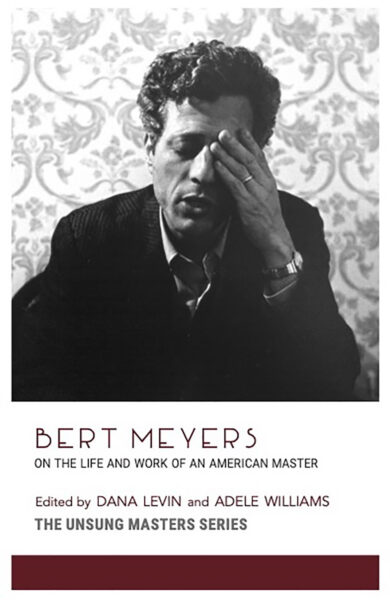


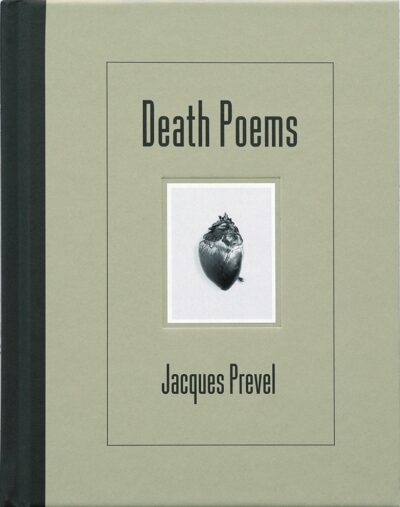
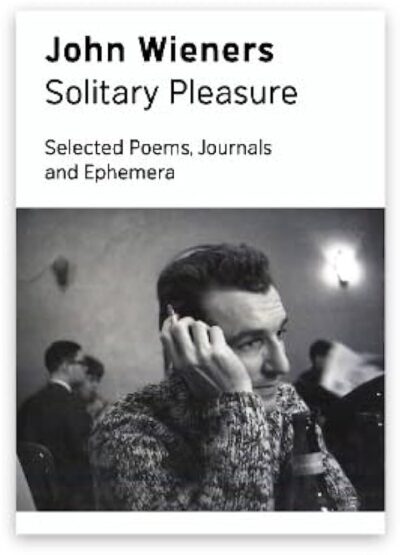
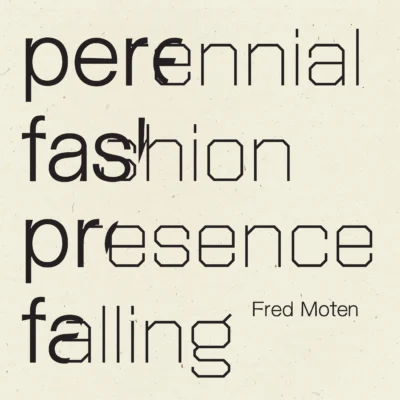

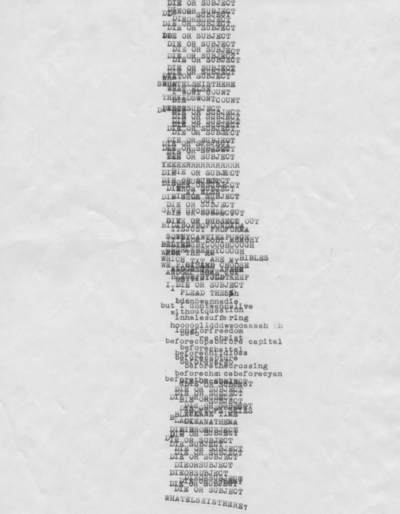
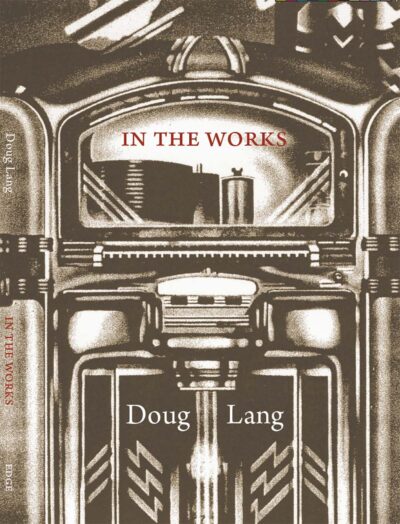
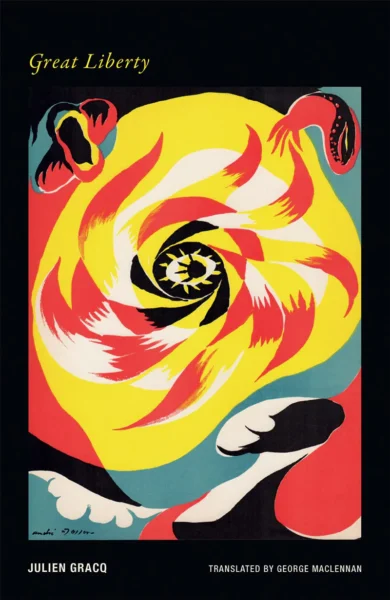
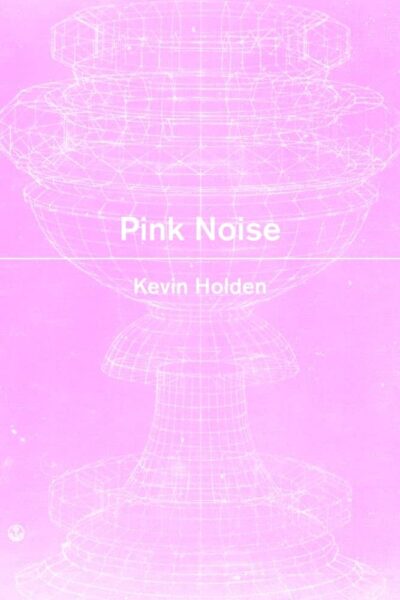
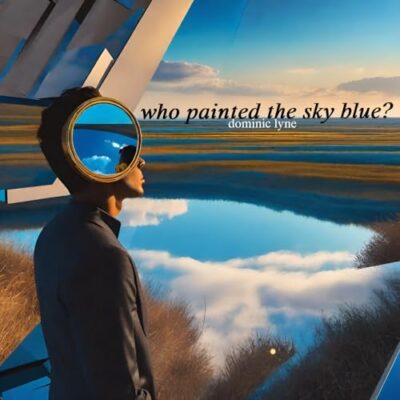
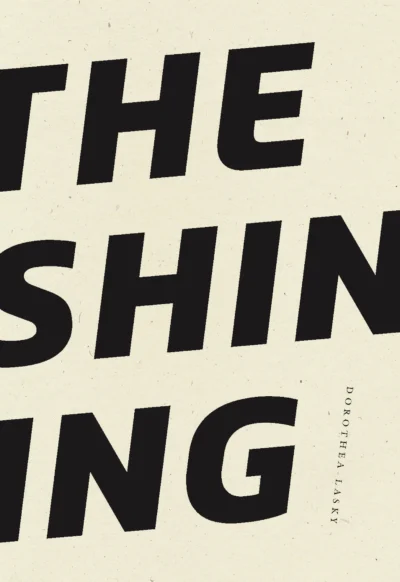
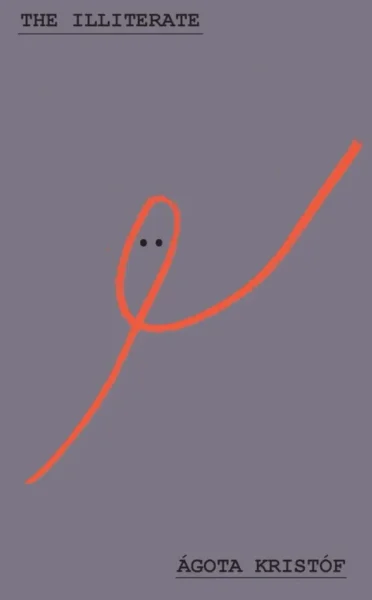
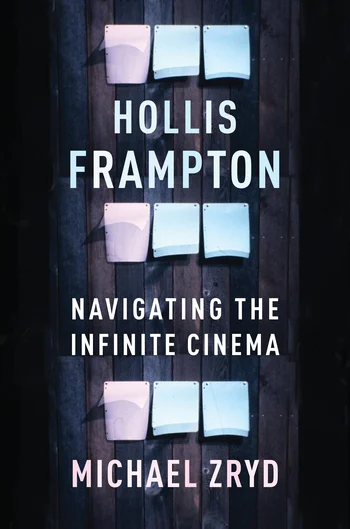
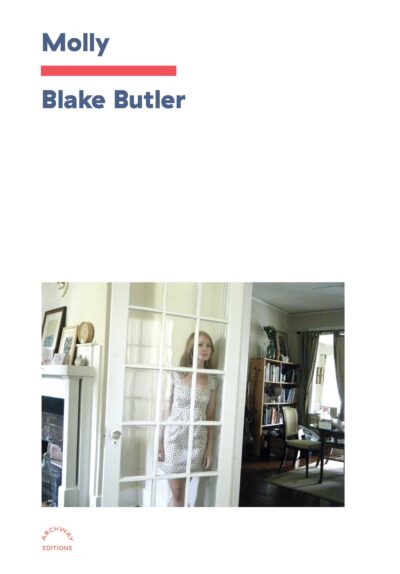
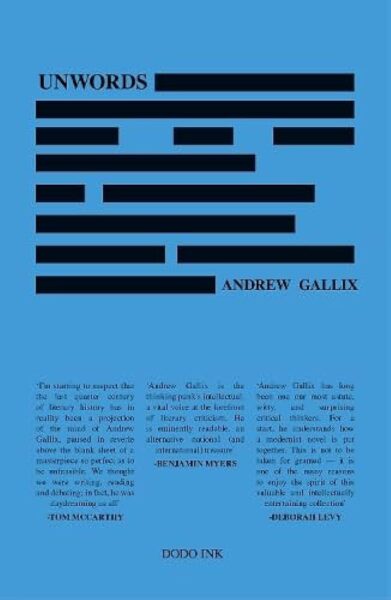
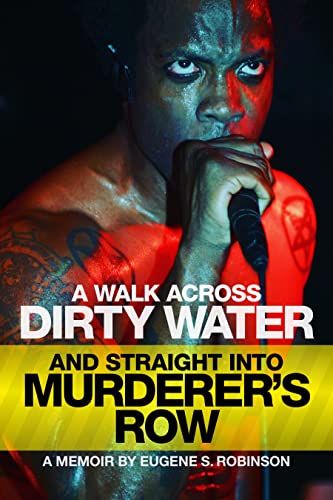



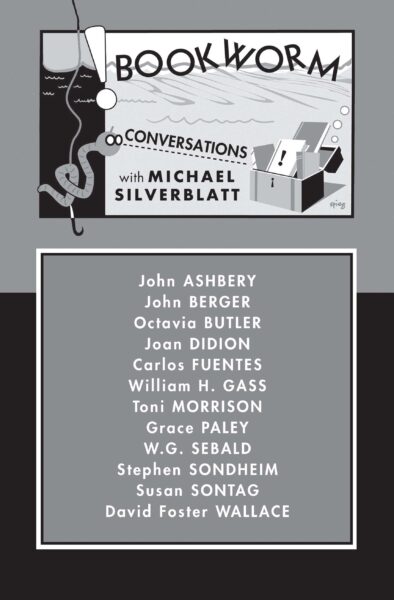
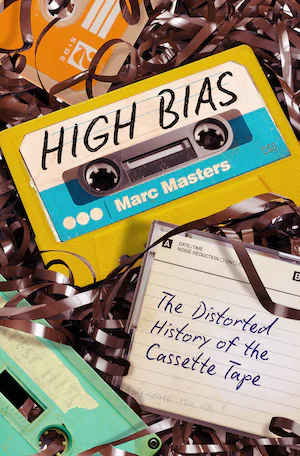
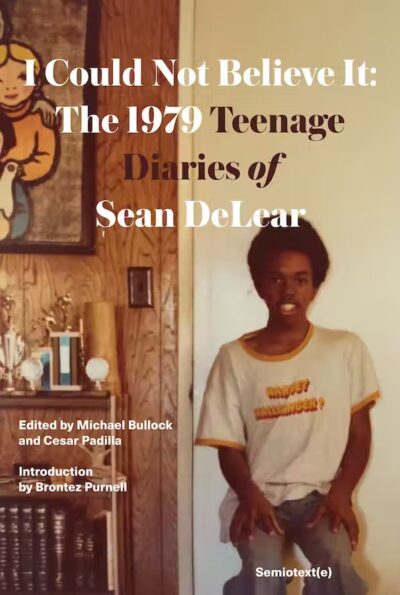

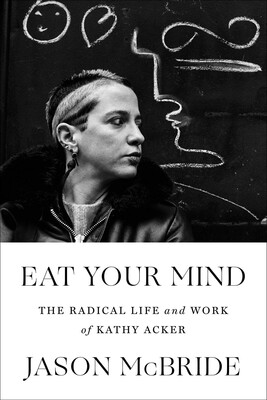

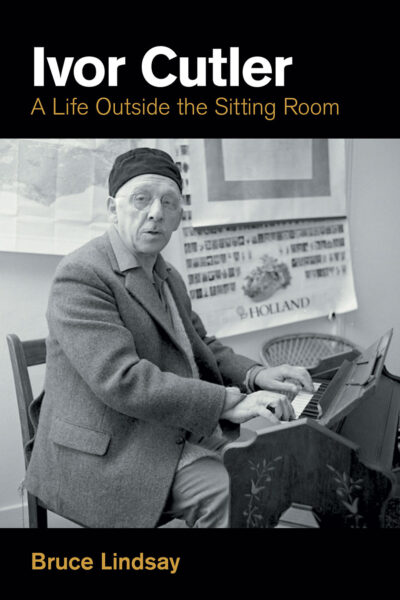




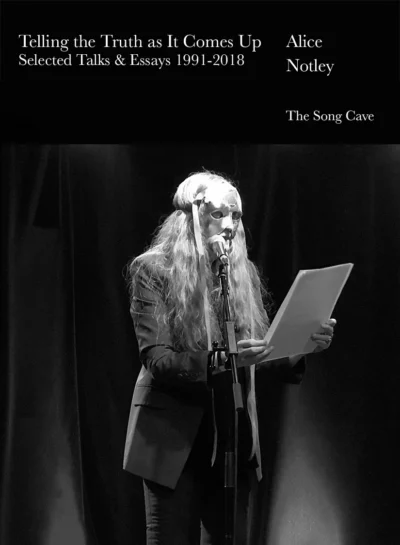
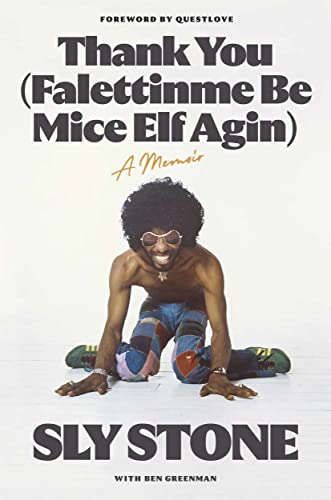


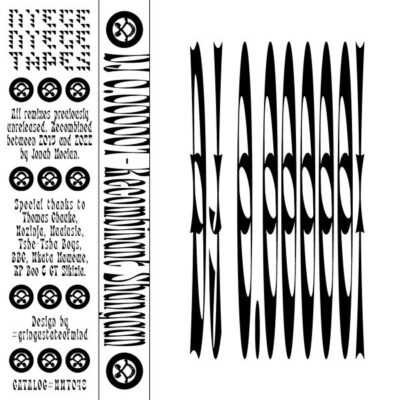

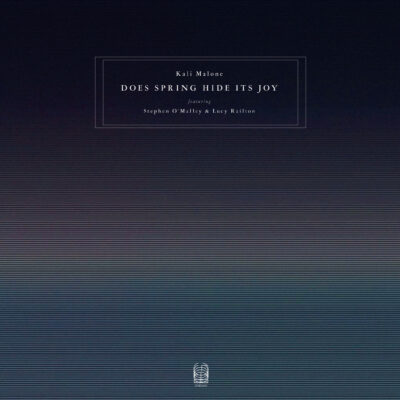
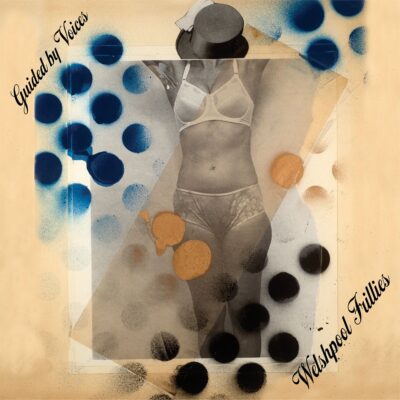
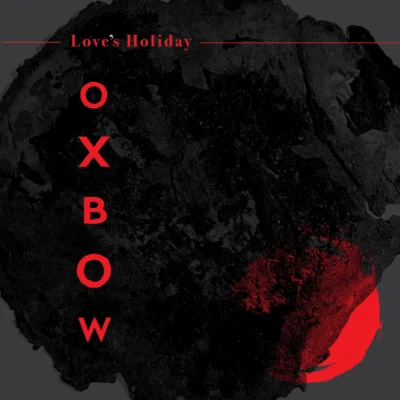
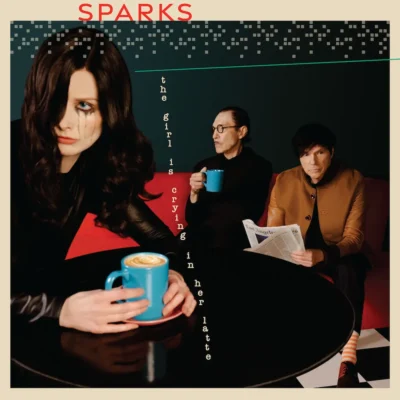

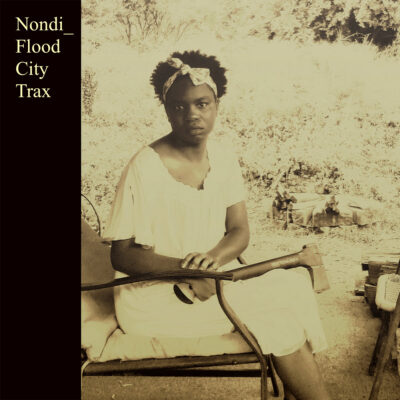
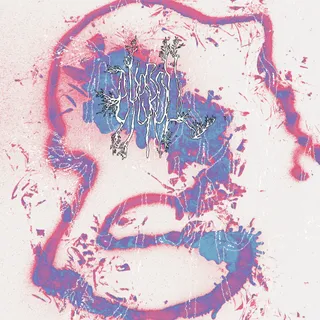



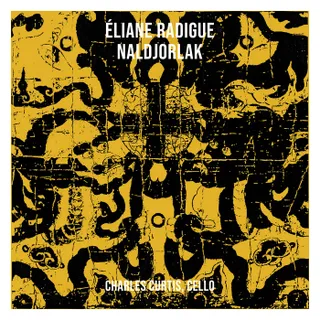

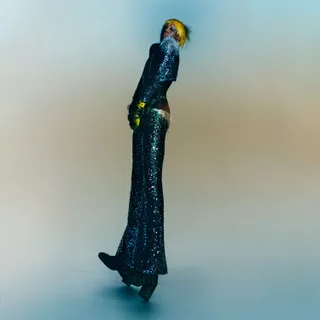

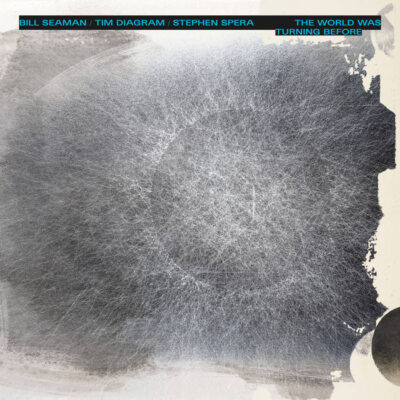
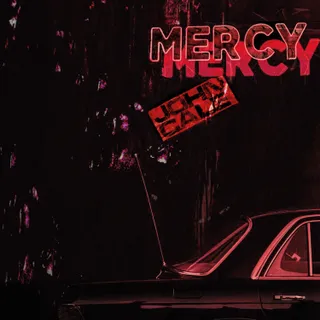
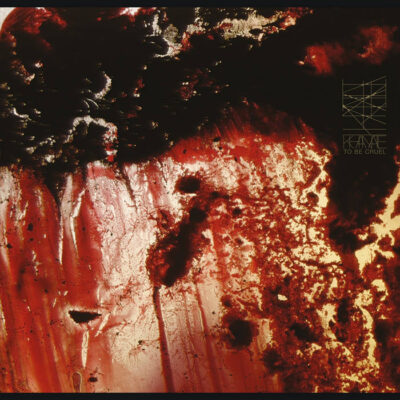

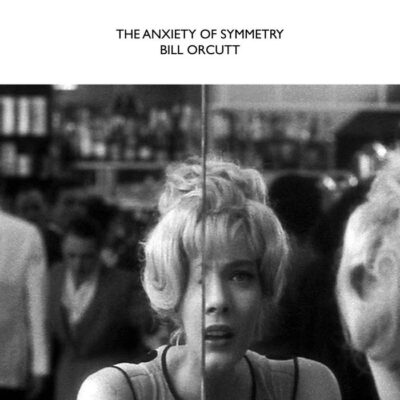

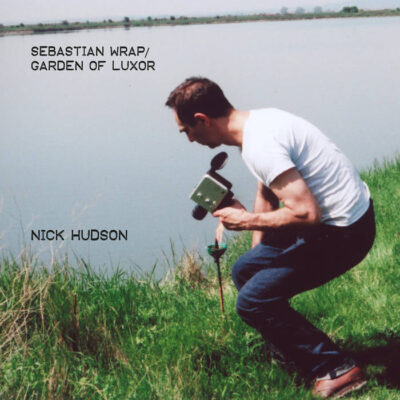
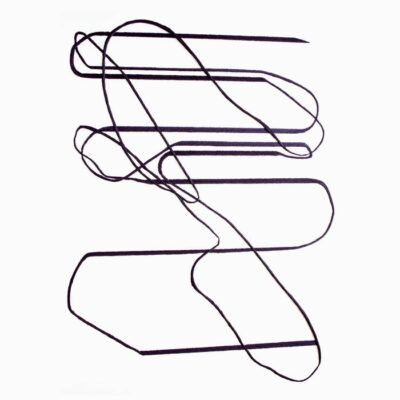

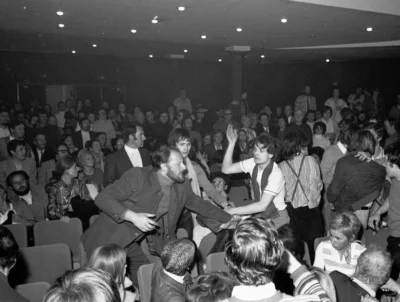
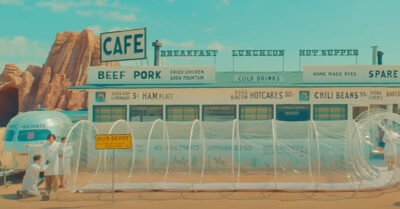
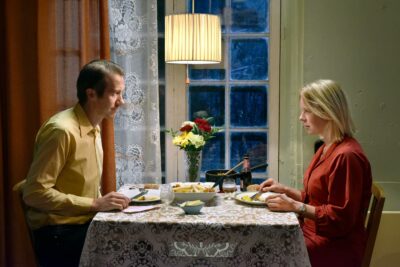

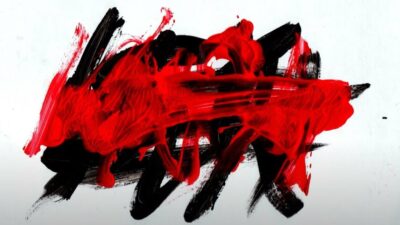

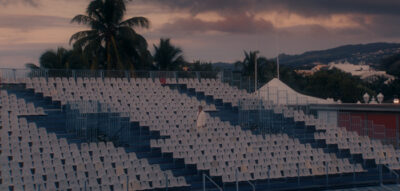


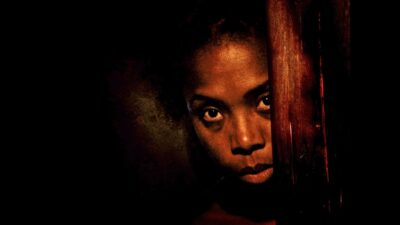
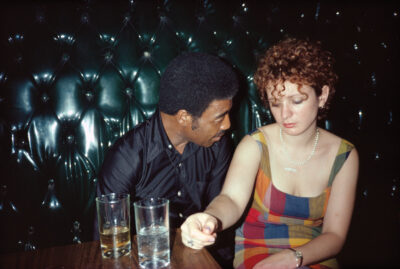
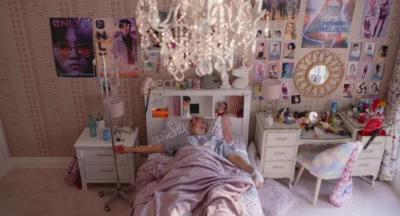
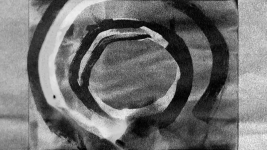




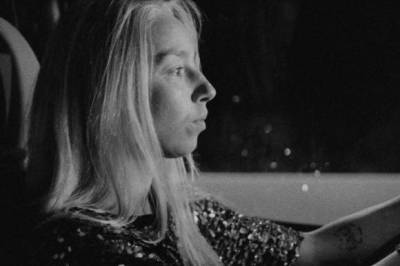

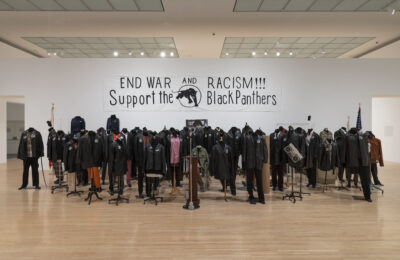
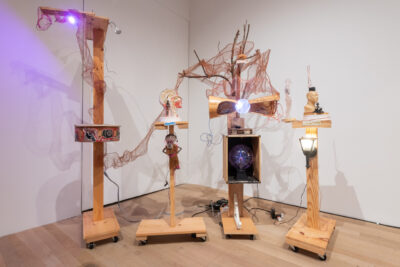
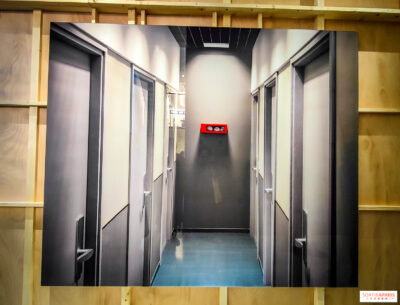
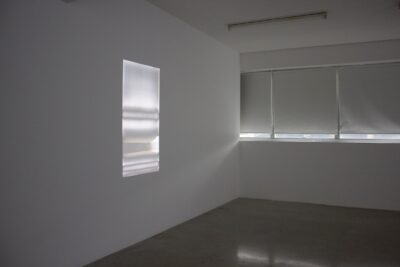

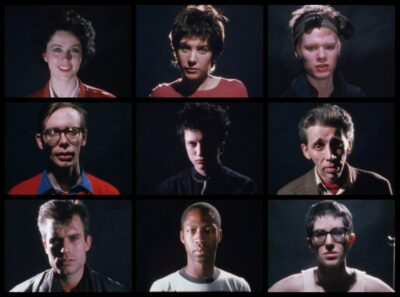
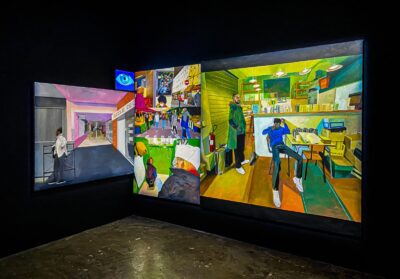
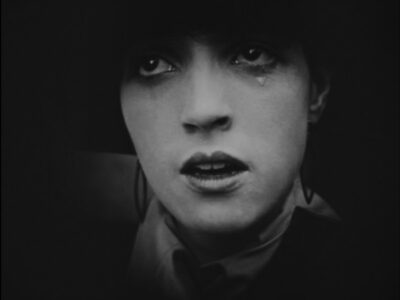






 Now available in North America
Now available in North America 